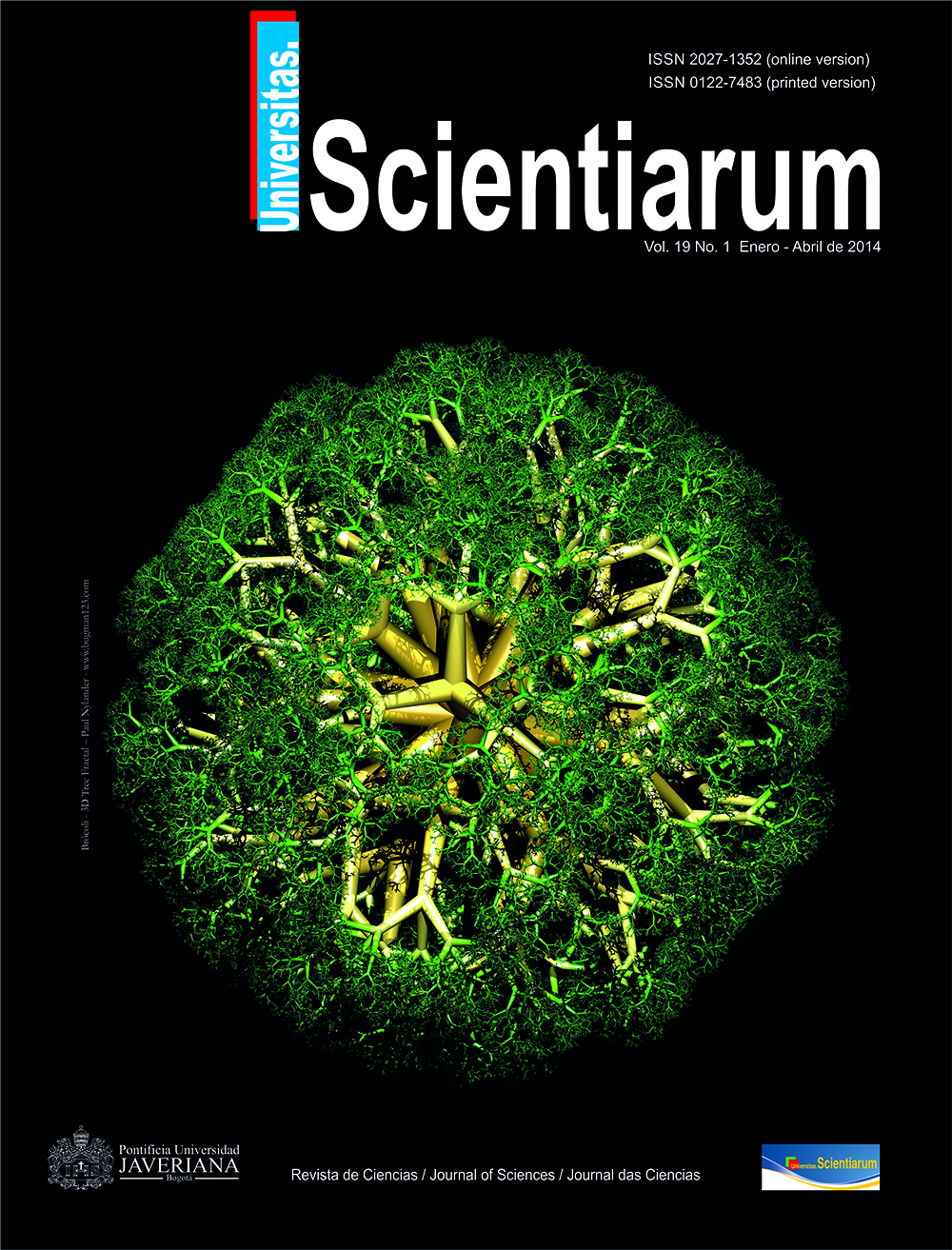Abstract
Here, we present variable range hopping (VRH) models, nearest neighbor hopping (NNH) and potential barriers present at the grain boundaries, as well as mechanisms of electrical transport predominant in semiconductor materials for photovoltaic applications. We performed dark conductivity measures according to temperature for low temperature regions between 120 and 400 K in Si and Cu3BiS2 and Cu2ZnSnSe4 compounds. Using the percolation theory, we obtained hopping parameters and the density of states near the Fermi, N(EF) level for all samples. Using the approach by Mott for VRH, we obtained the diffusion model, which established the relationship between conductivity and density of defect states or localized gap states of the material. The comparative analysis between models evidenced that it is possible to obtain improvement of an order of magnitude in the values of each of the hopping parameters that characterize the material.Univ. Sci. is registered under a Creative Commons Attribution 4.0 International Public License. Thus, this work may be reproduced, distributed, and publicly shared in digital format, as long as the names of the authors and Pontificia Universidad Javeriana are acknowledged. Others are allowed to quote, adapt, transform, auto-archive, republish, and create based on this material, for any purpose (even commercial ones), provided the authorship is duly acknowledged, a link to the original work is provided, and it is specified if changes have been made. Pontificia Universidad Javeriana does not hold the rights of published works and the authors are solely responsible for the contents of their works; they keep the moral, intellectual, privacy, and publicity rights. Approving the intervention of the work (review, copy-editing, translation, layout) and the following outreach, are granted through an use license and not through an assignment of rights. This means the journal and Pontificia Universidad Javeriana cannot be held responsible for any ethical malpractice by the authors. As a consequence of the protection granted by the use license, the journal is not required to publish recantations or modify information already published, unless the errata stems from the editorial management process. Publishing contents in this journal does not generate royalties for contributors.



